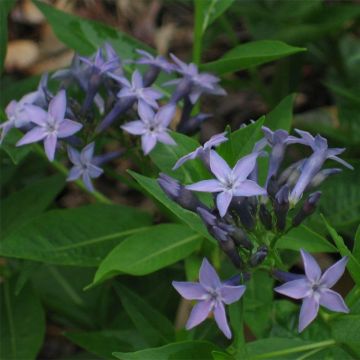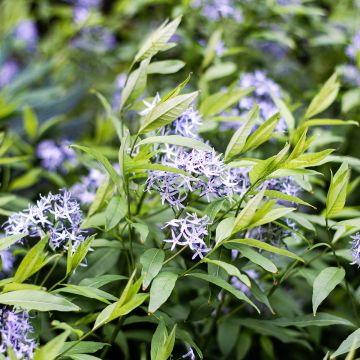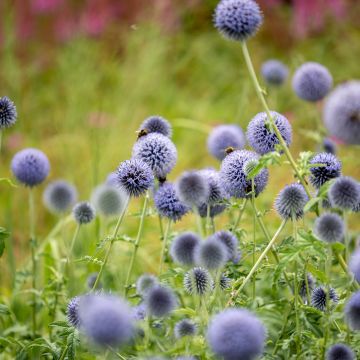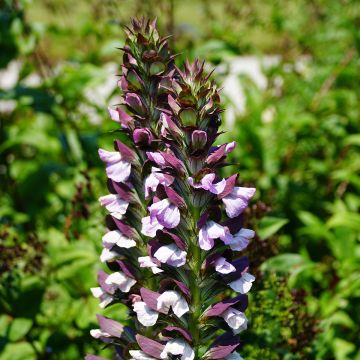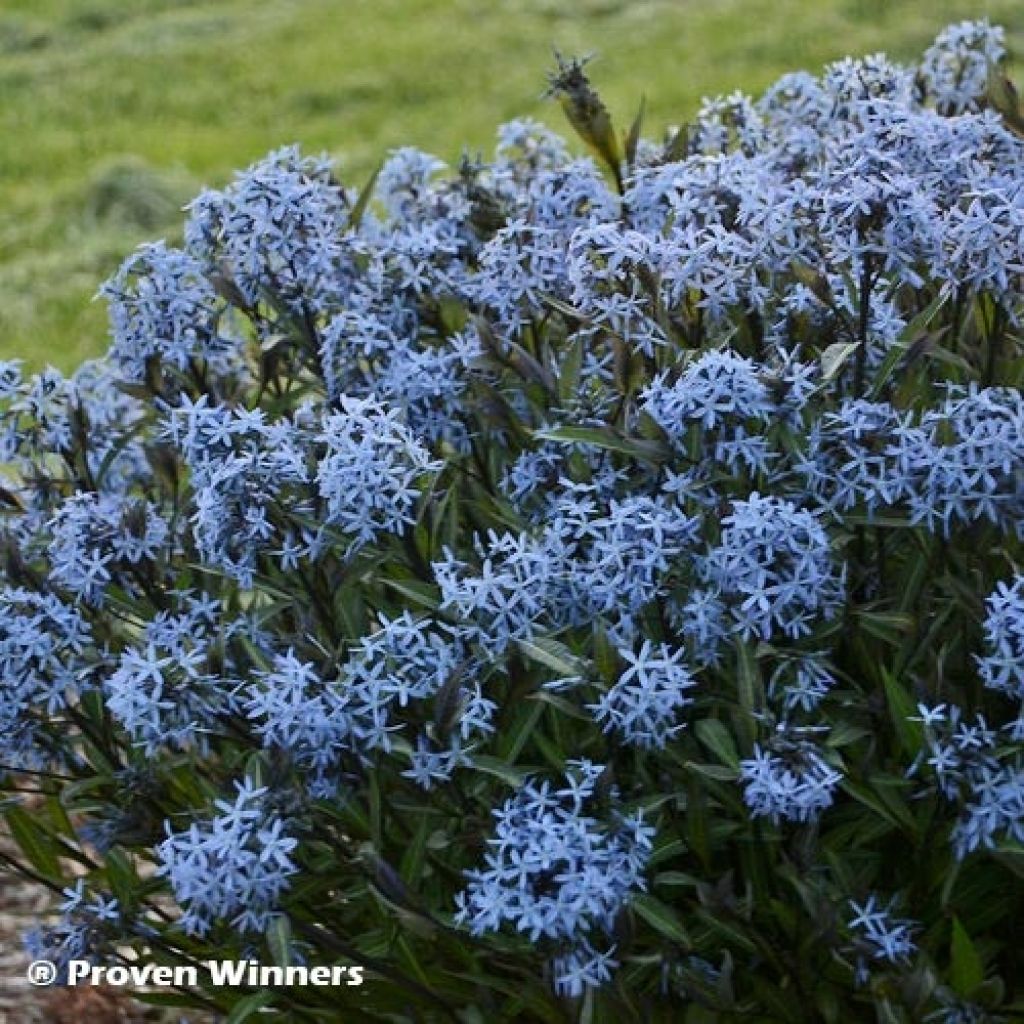

Amsonia tabernaemontana Storm Cloud


Amsonia tabernaemontana Storm Cloud
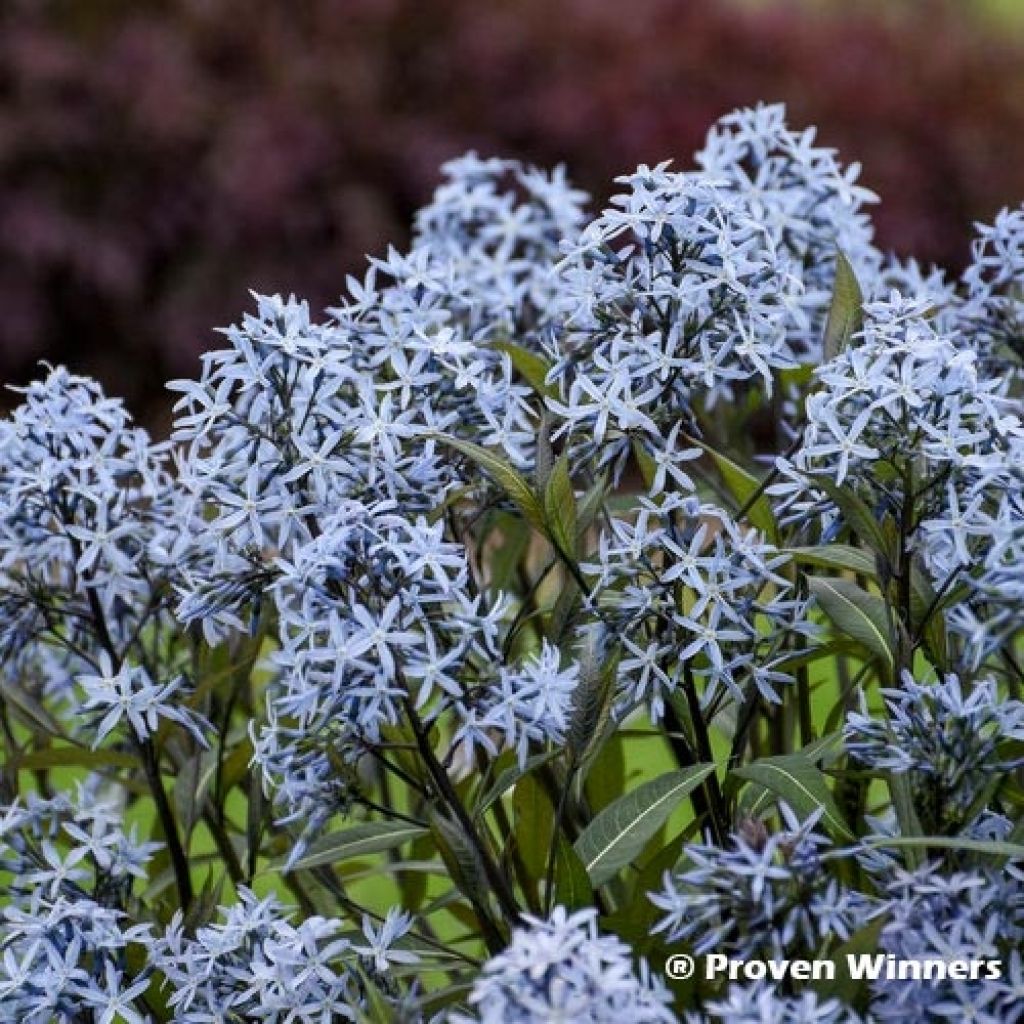

Amsonia tabernaemontana Storm Cloud


Amsonia tabernaemontana Storm Cloud
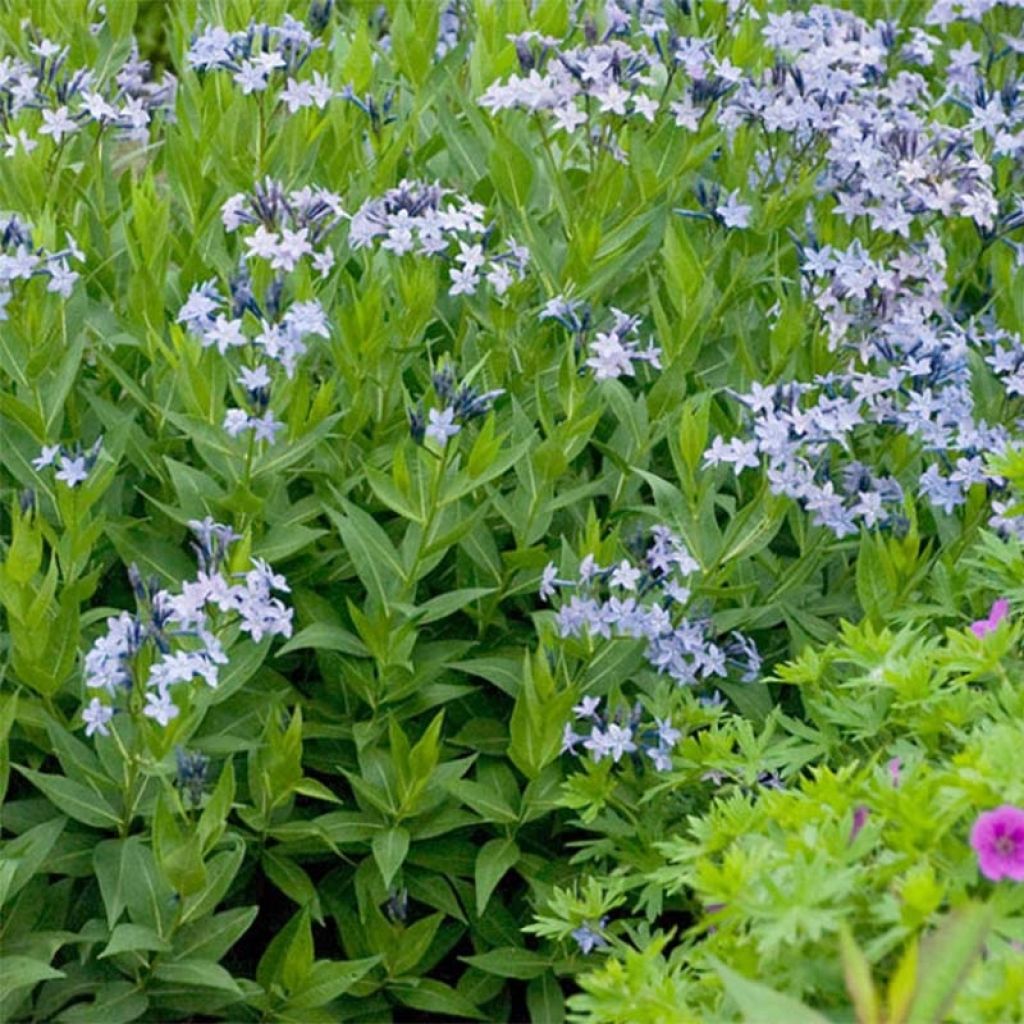

Amsonia tabernaemontana Storm Cloud
Amsonia tabernaemontana Storm Cloud
Amsonia tabernaemontana Storm Cloud
Eastern Bluestar, Blue dogbane
This item cannot be shipped to the selected country
Delivery charge from €5.90
More information
Schedule delivery date,
and select date in basket
This plant carries a 12 months recovery warranty
More information
We guarantee the quality of our plants for a full growing cycle, and will replace at our expense any plant that fails to recover under normal climatic and planting conditions.
From €5.90 for pickup delivery and €6.90 for home delivery
Express home delivery from €8.90.
Does this plant fit my garden?
Set up your Plantfit profile →
Description
Amsonia tabernaemontana 'Storm Cloud' is a recent variety of Amsonia that combines all its qualities. This superb perennial plant forms a large clump of unusually dark stems, which bear silver-veined olive green willow-like leaves. From summer until the first frost it is adorned with panicles of small star-shaped flowers, a celestial blue colour resembling that of periwinkles. This hardy and vigorous perennial has as much presence as small flowering shrubs. It brings a lot of lightness and charm to perennial or shrub borders. It takes a little longer to establish itself, but it is easy to grow in sun or partial shade, in well-drained, moist, or even wet soil.
Amsonia tabernaemontana is a plant from the apocynaceae family, it is a cousin of our periwinkles native to the northeastern and central United States. It is found growing in sandy soils, in woodlands, and in wet environments. The 'Storm Cloud' variety was recently selected in the United States. It develops numerous almost black shoots from spring, which lengthen and eventually form bushy, very flexible clumps with an open habit, reaching around 70 cm (28in) in height when flowering and over 60 cm (24in) in width. This plant takes time to establish, but it lives for many years. Its long blue buds open into small bright blue flowers, which are very open tubes. They are grouped in pyramidal panicles and bloom abundantly between May and July, sometimes until autumn, for several weeks. The leaves resemble those of willows. They are olive green marked by silver veins, 3 to 6 cm (1 to 2in) long, lanceolate, and very attractive even outside of the flowering period. The deciduous foliage takes on a beautiful autumnal yellow colour before disappearing. The entire above-ground part of the plant disappears with the first frost, to rest during the winter.
Amsonias are very hardy and grow easily in sun or partial shade, in well-drained soil that does not dry out in summer. A magnificent ornamental plant for gardens, 'Storm Cloud' Amsonia enhances all its neighbours, from opulent perennials to modest shrubs. You can easily associate it with daylilies, willowherbs, ironweeds, Cape lilies, perennial geraniums, or grasses that prefer moist soil. It is also an excellent plant for partial shade, to be associated with bleeding hearts, and Japanese anemones, which take over in August-September. Planted en masse, in a composition of baptisias, large coneflowers and sunflowers, Amsonia creates a moving and wild scene from another continent. Its flowers are also beautiful in summer bouquets.
Report an error about the product description
Amsonia tabernaemontana Storm Cloud in pictures
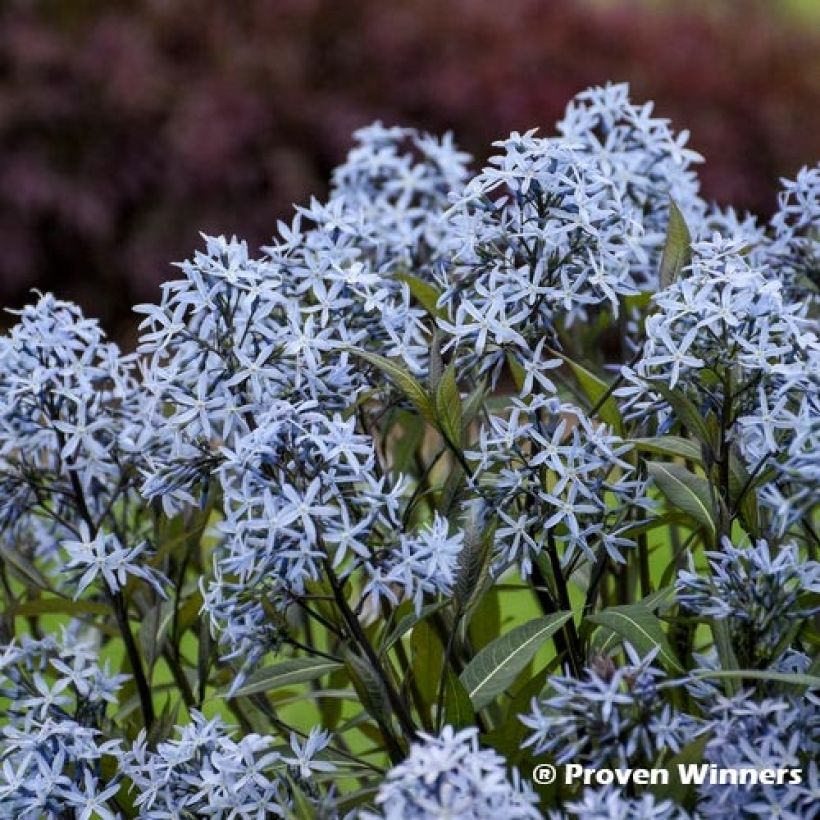



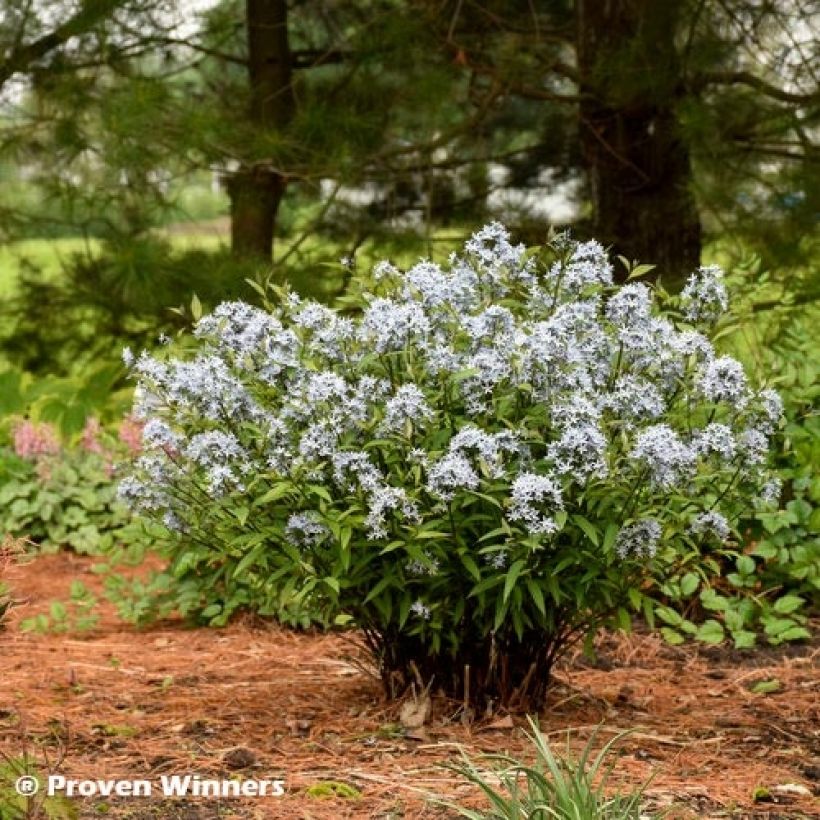

Flowering
Foliage
Plant habit
Botanical data
Amsonia
tabernaemontana
Storm Cloud
Apocynaceae
Eastern Bluestar, Blue dogbane
Cultivar or hybrid
Other Amsonia
Planting and care
Easy to grow in moist, light or sandy, loamy or limestone soil, preferably well-drained, as this plant appreciates water in summer, but withers in overly wet soil in winter. It thrives in partial shade or non-scorching sun. It requires very little maintenance, just a small cleaning at the end of winter.
Planting period
Intended location
Care
-
, onOrder confirmed
Reply from on Promesse de fleurs
Summer flowering perennials
Haven't found what you were looking for?
Hardiness is the lowest winter temperature a plant can endure without suffering serious damage or even dying. However, hardiness is affected by location (a sheltered area, such as a patio), protection (winter cover) and soil type (hardiness is improved by well-drained soil).

Photo Sharing Terms & Conditions
In order to encourage gardeners to interact and share their experiences, Promesse de fleurs offers various media enabling content to be uploaded onto its Site - in particular via the ‘Photo sharing’ module.
The User agrees to refrain from:
- Posting any content that is illegal, prejudicial, insulting, racist, inciteful to hatred, revisionist, contrary to public decency, that infringes on privacy or on the privacy rights of third parties, in particular the publicity rights of persons and goods, intellectual property rights, or the right to privacy.
- Submitting content on behalf of a third party;
- Impersonate the identity of a third party and/or publish any personal information about a third party;
In general, the User undertakes to refrain from any unethical behaviour.
All Content (in particular text, comments, files, images, photos, videos, creative works, etc.), which may be subject to property or intellectual property rights, image or other private rights, shall remain the property of the User, subject to the limited rights granted by the terms of the licence granted by Promesse de fleurs as stated below. Users are at liberty to publish or not to publish such Content on the Site, notably via the ‘Photo Sharing’ facility, and accept that this Content shall be made public and freely accessible, notably on the Internet.
Users further acknowledge, undertake to have ,and guarantee that they hold all necessary rights and permissions to publish such material on the Site, in particular with regard to the legislation in force pertaining to any privacy, property, intellectual property, image, or contractual rights, or rights of any other nature. By publishing such Content on the Site, Users acknowledge accepting full liability as publishers of the Content within the meaning of the law, and grant Promesse de fleurs, free of charge, an inclusive, worldwide licence for the said Content for the entire duration of its publication, including all reproduction, representation, up/downloading, displaying, performing, transmission, and storage rights.
Users also grant permission for their name to be linked to the Content and accept that this link may not always be made available.
By engaging in posting material, Users consent to their Content becoming automatically accessible on the Internet, in particular on other sites and/or blogs and/or web pages of the Promesse de fleurs site, including in particular social pages and the Promesse de fleurs catalogue.
Users may secure the removal of entrusted content free of charge by issuing a simple request via our contact form.
The flowering period indicated on our website applies to countries and regions located in USDA zone 8 (France, the United Kingdom, Ireland, the Netherlands, etc.)
It will vary according to where you live:
- In zones 9 to 10 (Italy, Spain, Greece, etc.), flowering will occur about 2 to 4 weeks earlier.
- In zones 6 to 7 (Germany, Poland, Slovenia, and lower mountainous regions), flowering will be delayed by 2 to 3 weeks.
- In zone 5 (Central Europe, Scandinavia), blooming will be delayed by 3 to 5 weeks.
In temperate climates, pruning of spring-flowering shrubs (forsythia, spireas, etc.) should be done just after flowering.
Pruning of summer-flowering shrubs (Indian Lilac, Perovskia, etc.) can be done in winter or spring.
In cold regions as well as with frost-sensitive plants, avoid pruning too early when severe frosts may still occur.
The planting period indicated on our website applies to countries and regions located in USDA zone 8 (France, United Kingdom, Ireland, Netherlands).
It will vary according to where you live:
- In Mediterranean zones (Marseille, Madrid, Milan, etc.), autumn and winter are the best planting periods.
- In continental zones (Strasbourg, Munich, Vienna, etc.), delay planting by 2 to 3 weeks in spring and bring it forward by 2 to 4 weeks in autumn.
- In mountainous regions (the Alps, Pyrenees, Carpathians, etc.), it is best to plant in late spring (May-June) or late summer (August-September).
The harvesting period indicated on our website applies to countries and regions in USDA zone 8 (France, England, Ireland, the Netherlands).
In colder areas (Scandinavia, Poland, Austria...) fruit and vegetable harvests are likely to be delayed by 3-4 weeks.
In warmer areas (Italy, Spain, Greece, etc.), harvesting will probably take place earlier, depending on weather conditions.
The sowing periods indicated on our website apply to countries and regions within USDA Zone 8 (France, UK, Ireland, Netherlands).
In colder areas (Scandinavia, Poland, Austria...), delay any outdoor sowing by 3-4 weeks, or sow under glass.
In warmer climes (Italy, Spain, Greece, etc.), bring outdoor sowing forward by a few weeks.

































